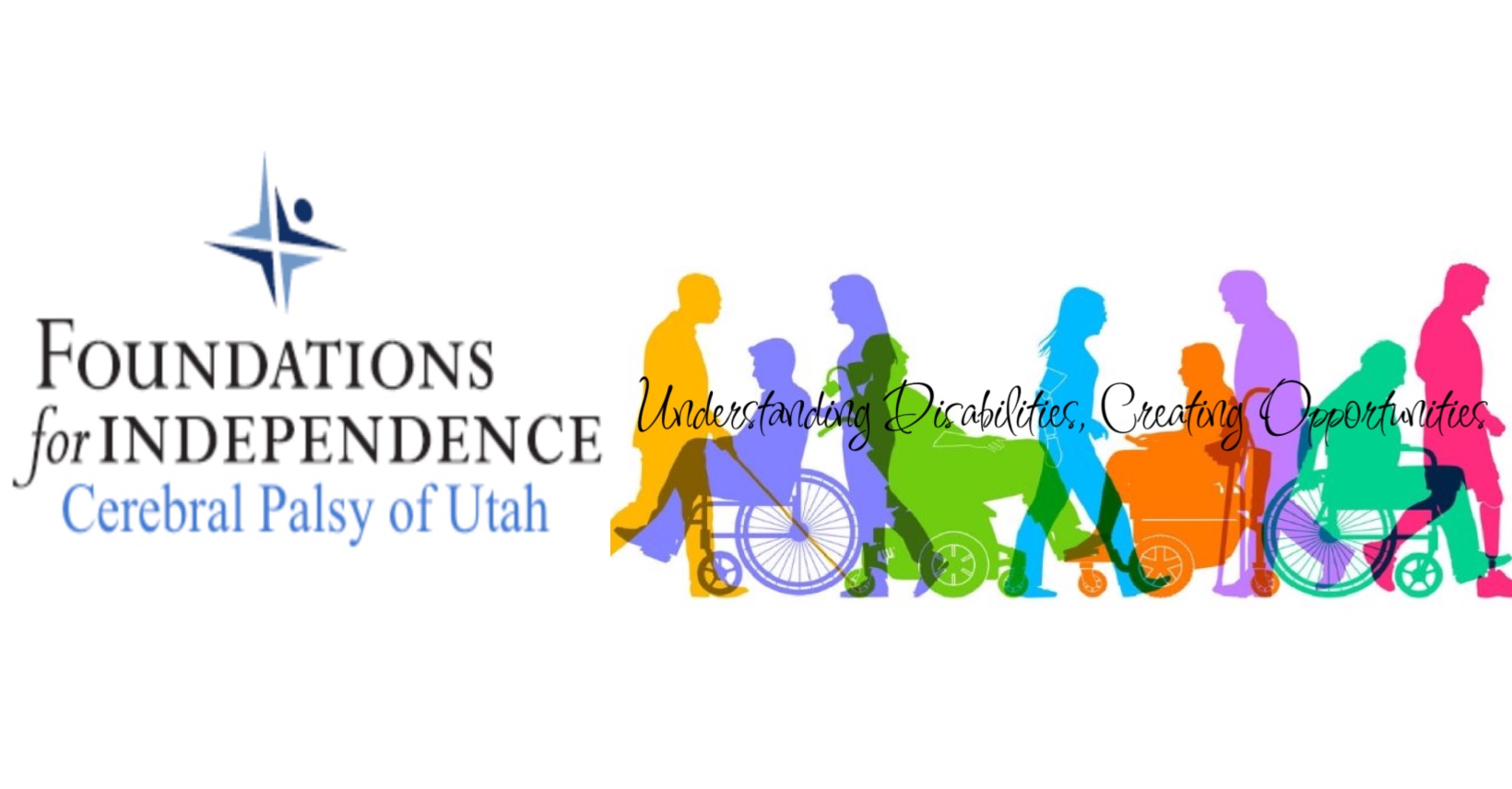At Foundations for Independence (FFI) we assist individuals will a variety of disabilities; the following is a brief overview of disabilities.
Cerebral Palsy
Cerebral palsy is a condition caused by damage to the brain, usually occurring before, during or shortly following birth. "Cerebral" refers to the brain and "palsy" to a disorder of movement or posture. It is neither progressive nor communicable which means it doesn’t get worse, and is not contagious. It is also not "curable" in the accepted sense, although education, therapy and applied technology can help persons with cerebral palsy lead productive lives. It is not a disease and should never be referred to as such. It can range from mild to severe.
The causes of cerebral palsy include illness during pregnancy, premature delivery, or lack of oxygen supply to the baby; or it may occur early in life as a result of an accident, lead poisoning, viral infection, child abuse, or other factors. A less common type is acquired cerebral palsy: head injury is the most frequent cause, usually the result of motor vehicle accidents, falls, or child abuse.
There are three main types of cerebral palsy: spastic -- stiff and difficult movement; athetoid -- involuntary and uncontrolled movement; and ataxic -- disturbed sense of balance and depth perception. There may be a combination of these types for any one individual. Other types do occur, although infrequently.
Cerebral palsy is characterized by an inability to fully control motor function. Depending on which part of the brain has been damaged and the degree of involvement of the central nervous system, one or more of the following may occur: spasms; tonal problems; involuntary movement; disturbance in gait and mobility; seizures; abnormal sensation and perception; impairment of sight, hearing or speech; and mental retardation. A person with cerebral palsy may only be affected physically, their mind would function normally.
Down Syndrome
Down syndrome is the most common and readily identifiable chromosomal condition associated with mental retardation. It is caused by a chromosomal abnormality: for some unexplained reason, an accident in cell development results in 47 instead of the usual 46 chromosomes. This extra chromosome changes the orderly development of the body and brain. In most cases, the diagnosis of Down syndrome is made according to results from a chromosome test administered shortly after birth.
There are over 50 clinical signs of Downs syndrome, but it is rare to find all or even most of them in one person. Some common characteristics include:
- Poor muscle tone
- Slanting eyes with folds of skin at the inner corners
- Hyper flexibility
- Short, broad hands with a single crease across the palm on one or both hands
- Broad feet with short toes
- Flat bridge of the nose
- Short, low-set ears
- Short neck
- Small head
- Small oral cavity
- Short, high-pitched cries in infancy
Multiple Disabilities
People with severe disabilities are those who traditionally have been labeled as having severe or profound mental retardation. These people require ongoing extensive support in more than one major life activity in order to participate in integrated community settings and enjoy the quality of life available to people with fewer or no disabilities; they frequently have additional disabilities, including movement difficulties, sensory losses and behavior problems.
People with severe or multiple disabilities may exhibit a wide range of characteristics, depending on the combination and severity of disabilities, and the person's age. There are, however, some traits they may share, including:
- Limited speech or communication
- Difficulty in basic physical mobility
- Tendency to forget skills through disuse
- Trouble generalizing skills from one situation to another
- A need for support in major life activities, e.g., domestic, leisure, community use, vocational
A variety of medical problems may accompany severe disabilities. Examples include seizures, sensory loss, hydrocephalus (water on the brain), and scoliosis (curvature of the spine).
Autism
A developmental disability significantly affecting verbal and non-verbal communication and social interaction, generally evident before age three.
Mental Retardation
Significantly sub-average general intellectual functioning existing concurrently with deficits in adaptive behavior and manifested during the developmental period.
Speech or Language Impairment
A communication disorder such as stuttering, impaired articulation, a language impairment, or a voice impairment.
Traumatic Brain Injury (TBI)
An injury to the brain caused by an external physical force, resulting in total or partial functional disability or psychosocial maladjustment, or both. The term does not include brain injuries that are congenital or degenerative, or brain injuries induced by birth trauma.
Developmental Disability
Developmental disabilities are severe, chronic disabilities attributable to mental and/or physical impairment, which manifest before age 22 and are likely to continue indefinitely. They result in substantial limitations in three or more areas: self-care, receptive and expressive language, learning, mobility, self-direction, capacity for independent living, and economic self-sufficiency, as well as the continuous need for individually planned and coordinated services.

